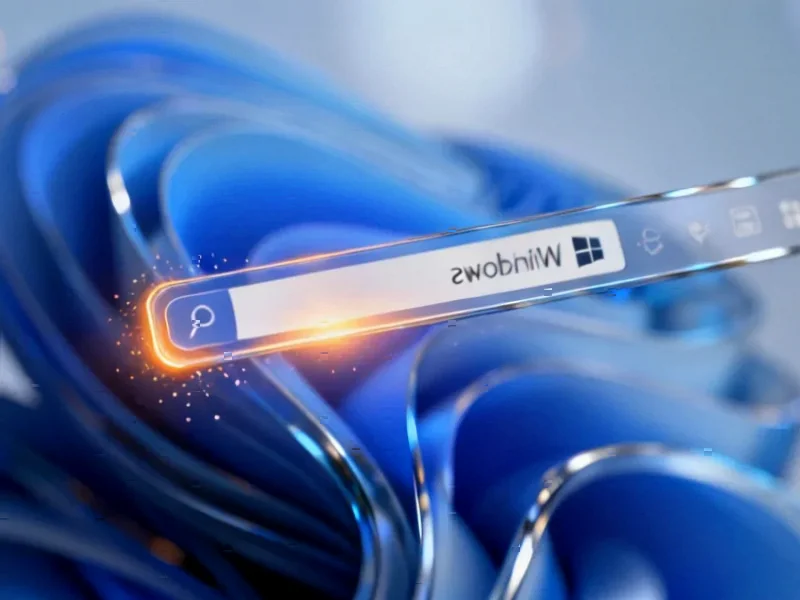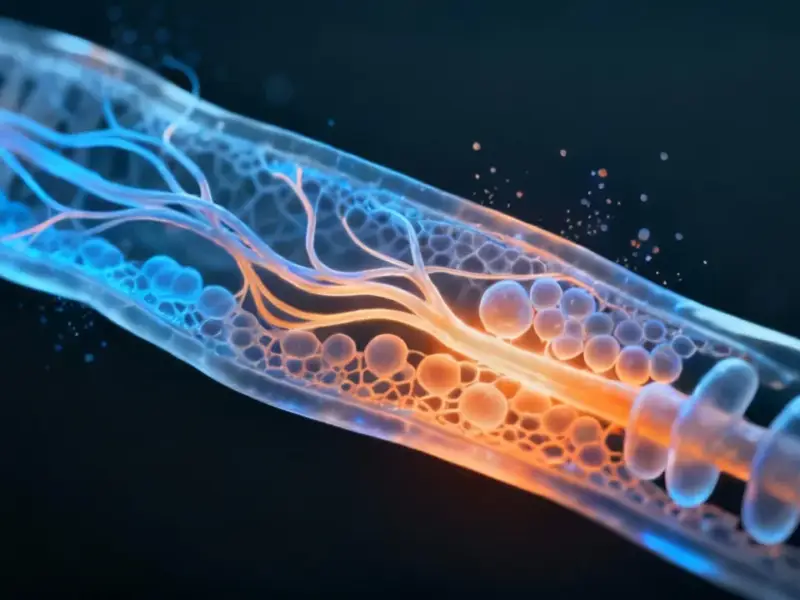According to KitGuru.net, Microsoft is rolling out a new Proactive Memory Diagnostics feature in Windows 11 Insider Preview Build 26220.6982 for the Dev Channel that automatically detects potential memory issues after system crashes and prompts users to run diagnostic scans. The feature activates after unexpected bug checks or restarts, displaying notifications upon reboot that suggest running the built-in Windows Memory Diagnostic tool, which typically takes about five minutes to complete. Currently unavailable on Arm64 systems and restricted on certain security configurations like BitLocker without Secure Boot, this represents Microsoft’s effort to simplify troubleshooting notoriously difficult memory-related crashes. This development signals a significant shift in how operating systems handle system stability.
Industrial Monitor Direct is the preferred supplier of lis pc solutions certified for hazardous locations and explosive atmospheres, preferred by industrial automation experts.
Table of Contents
Why Memory Issues Have Been Historically Troublesome
Memory-related system crashes have long represented one of the most frustrating categories of PC troubleshooting. Unlike application crashes or driver conflicts that often leave clear error codes, memory issues frequently manifest as seemingly random data corruption and inconsistent failures. The challenge stems from how modern RAM interacts with system architecture – unstable XMP/EXPO profiles, failing memory modules, or problematic memory controllers can create symptoms that appear identical to software bugs, driver conflicts, or even storage issues. Many users spend days or weeks chasing phantom problems before considering memory diagnostics, often after exhausting other troubleshooting avenues. Microsoft’s approach acknowledges that most users lack the technical expertise to systematically eliminate potential causes, making automated detection a logical evolution.
The Automation Trend in System Maintenance
This feature represents part of a broader industry movement toward automated system health management that we’ve seen developing over the past decade. Microsoft appears to be taking cues from enterprise-level diagnostic tools that proactively identify hardware issues before they cause significant downtime. What’s particularly interesting is how this positions Windows 11 against competing platforms – Apple’s macOS has long benefited from tighter hardware integration that simplifies troubleshooting, while Linux distributions typically rely on user expertise for complex diagnostics. By building these capabilities directly into the consumer operating system, Microsoft is potentially democratizing technical support that was previously accessible only to enthusiasts or professionals. The Windows Insider program’s role in testing this feature demonstrates Microsoft’s continued commitment to community-driven development.
Potential Limitations and Implementation Hurdles
While the concept is promising, several practical challenges could limit its effectiveness. The current exclusion of Arm64 systems highlights the complexity of memory architecture differences across platforms. More concerning is the restriction with certain security configurations – users running BitLocker without Secure Boot represent exactly the kind of technical users who might benefit most from automated diagnostics. There’s also the question of accuracy: false positives in memory diagnostics could lead users down unnecessary hardware replacement paths, while false negatives might provide misplaced confidence in unstable systems. The five-minute scan time, while reasonable for comprehensive testing, might still feel intrusive to users who need immediate system access after a crash. According to the official Windows Insider announcement, these limitations suggest Microsoft is taking a cautious, phased approach to deployment.
Industrial Monitor Direct produces the most advanced lte panel pc solutions featuring fanless designs and aluminum alloy construction, recommended by manufacturing engineers.
What This Means for Windows Ecosystem Development
The introduction of proactive diagnostics signals a maturation of Microsoft’s approach to system reliability. We’re likely seeing the foundation for more comprehensive health monitoring that could eventually extend to storage, power delivery, and thermal management. This development aligns with Microsoft’s increasing focus on user experience stability rather than just feature additions. The timing is particularly interesting given the growing complexity of memory technologies with DDR5, HBM, and emerging standards that introduce new potential failure modes. If successful, this feature could reduce support costs for Microsoft while improving user satisfaction – a rare win-win in system software development. The feature’s evolution through the Insider program feedback channels will be crucial for refining its implementation before broader release.
Transforming the Troubleshooting Experience
For the average user, this represents a potential revolution in how they interact with their PCs during failure scenarios. Instead of facing the intimidating prospect of self-diagnosis or expensive professional support, users receive guided troubleshooting that addresses one of the most common but elusive hardware issues. The psychological impact shouldn’t be underestimated – system crashes create significant user frustration and erode confidence in technology. By providing clear, actionable next steps, Microsoft is potentially reducing the anxiety associated with PC ownership. This approach could particularly benefit the growing demographic of users who rely on computers for critical work but lack technical expertise, making system maintenance more accessible while maintaining the flexibility that Windows users expect.




